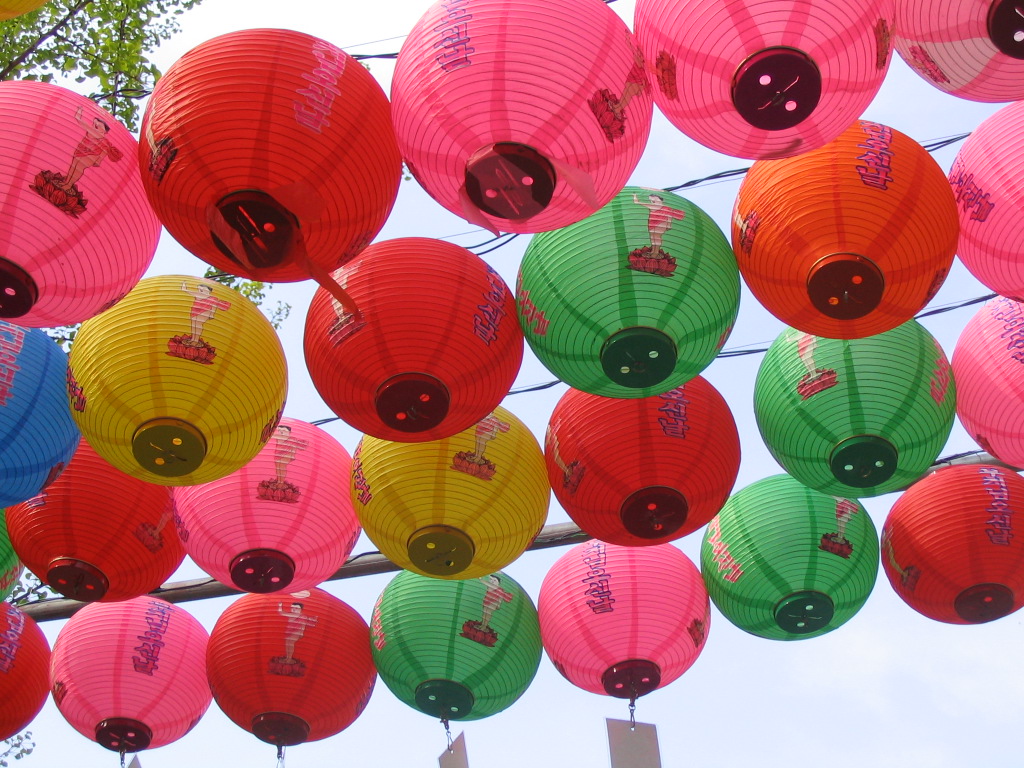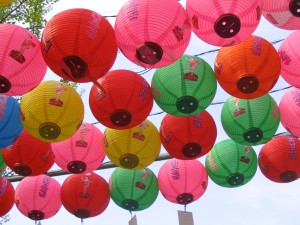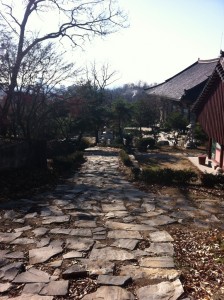This post is all about the contrast of audio, how it can disorient and render tranquil all within a few blocks, city streets, or square miles. I come to you again from Seoul, again from areas and activities within a bus or subway stop or two from my home. All of this audio, when I listen to it here online surprises me, jars me a bit. I don’t hear what my mind’s eye seems to remember of the event. I hear disorientation, even violence, an assault of audio. Then I hear the random tumbling of bells at the Buddhist temple and I am relieved.
What is interesting is that these three events I recorded are all activities that I would consider profound and encompassing of life here in Seoul. They are as close as I get to being in harmony with my surroundings. Nothing sounds out of place with what I see, nothing seems out of place with what I hear. They are my special places, little pieces of sanctuary, and, at times, I am completely alone when I experience them. Not an easy feat in a city of 15 million. When I listen to them now, without imagery, they are not sanctuary, but rather violent. Not tranquil, but disorienting. The power of audio outside of sensory context.
Teachers, have your students create soundmaps of where they live, their neighborhoods, their routines and rituals. Place them on a map, relisten and reflect on the power of sensory combinations to produce knowledge, to know a place. Rich material for learning.
So, the events are as common as can be (at least in Asia):
- A bus ride from Mapo to Yeouido across the Han River, Seoul
- A stream on my daily walk around Yeouido, Seoul
- The sounds of Bongwonsa Temple, Seoul
http://abfiles.s3.amazonaws.com/swf/fullsize_player.swf
http://abfiles.s3.amazonaws.com/swf/fullsize_player.swf
http://abfiles.s3.amazonaws.com/swf/fullsize_player.swf


